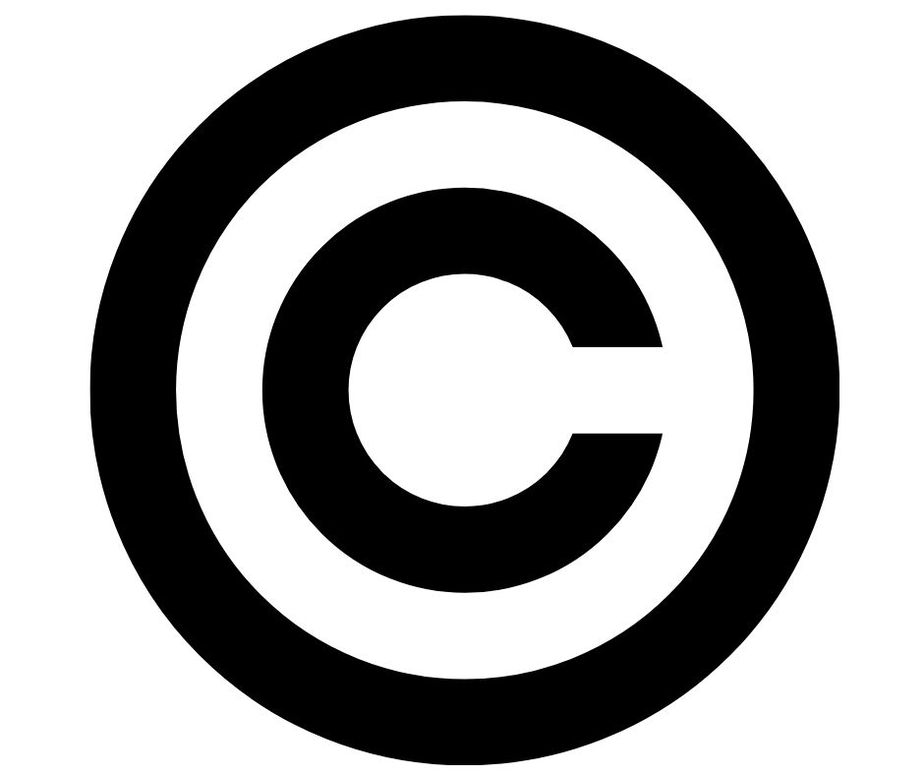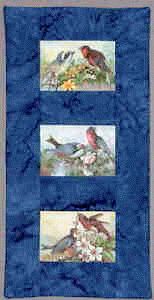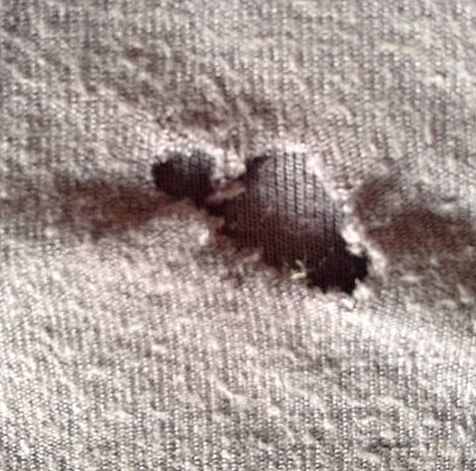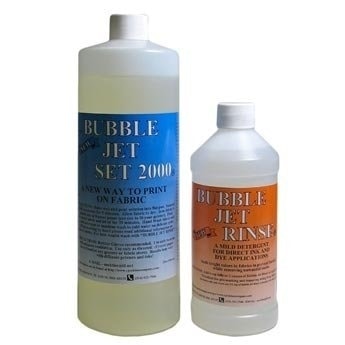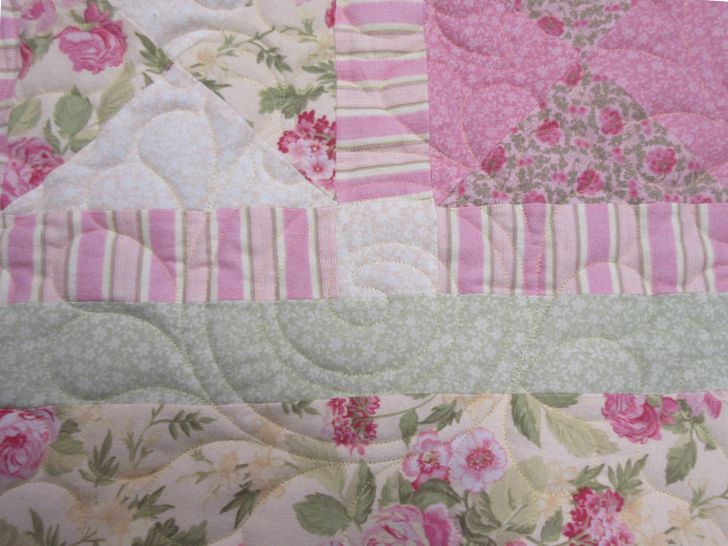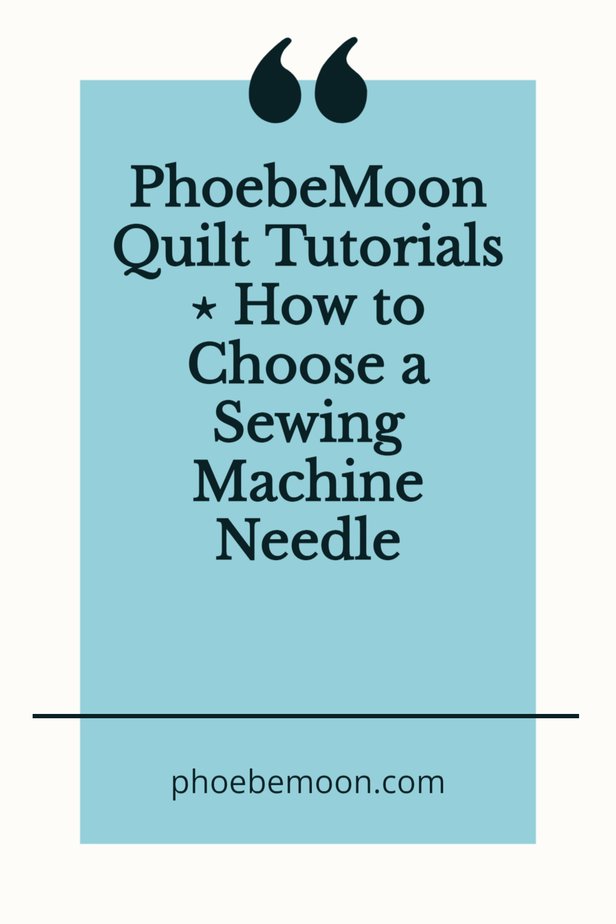*This post MAY contain affiliate links. That means that if you make a purchase after clicking on a link I may earn a small commission at no extra cost to you. I don’t ever recommend something that I don’t use myself. Not all links are affiliate links. For more information, see our Privacy Policy.
Choosing the Right Sewing Machine Needle
If you have ever had difficulty piecing a garment or quilt, you know how important your choice of the needle can be. This sewing machine needle primer will give you an overview of the type of sewing machine needle you should choose for your project.
As a general rule, always select the needle size to accommodate the thickness of the thread being used and the needle point style to accommodate the type of fabric. In general, the finer the fabric, the finer the needle and thread you should use. If your thread is shredding, the needle is too small.
Needle Sizes
Needles range in size from a very thin and flexible 60/8 to a heavy-duty needle 120/19. (Needle sizes are not the same for regular home machines and commercial machines.) Just like thread, most needles use a two-number identification system to define the needle shaft diameter. The higher number measures the diameter in fractions of a millimeter. The lower number is the numbering system used in the U.S.
Most needles use the two number measuring system which refers to the size of the needle shaft diameter. In sewing machine needle parlance, the smaller the number, the smaller the needle. A 14/90 is larger than an 8/60. Schmetz does have a color-coding system. You can download the pdf here:https://www.schmetzneedles.com/pdf/SCHMETZ_Color_Code_Chart.pdf
You should always change your needle after 6 – 10 hours of sewing. Consult your sewing machines user manual and use the needles they recommend. If you are changing to a specialty needle for a specific task, store your regular needle in a pincushion, not in a drawer or on the floor.
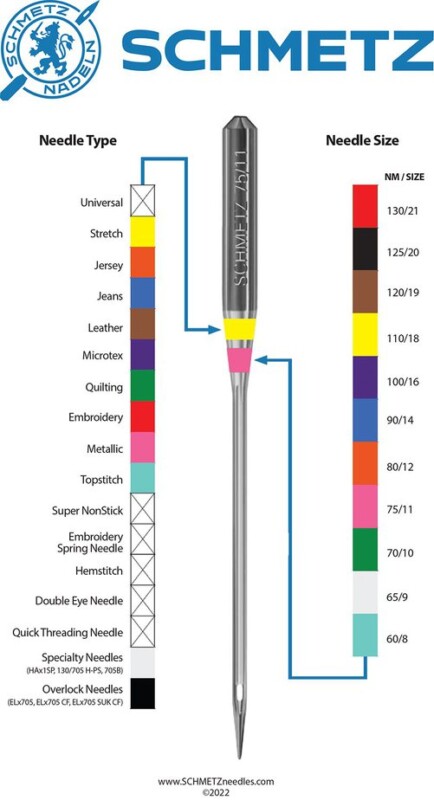
There are 11 Basic Types of Needles
- A Ballpoint or Jersey Needle has a slightly more rounded tip than a Universal. Because of this, it is not as likely to snag knits and stretch fabrics.A Stretch Needle also has a rounded tip. It’s specially shaped shank creates good stitch formation on elastic or highly elasticized fabrics such as spandex. Use a 70/ 10 needle. This is also a good needle for faux fur and fleece. Use a 90/14 needle.
- A Metallica Thread Needle has a larger Teflon coated eye which reduces friction but still accommodates heavier threads and reduces spitting and shredding on delicate metallic threads. Use a metallic needle when sewing with monofilament or invisible thread. Put a cover or cap on the spool so it doesn’t unwind.
- A Topstitching Needle has an extra-large eye and deeper groove for use with heavier topstitching thread, when using multiple threads through the needle, or using decorative threads. Use size 80/12, 90/14 or 100/16 depending on the application. The larger eye helps with trilobal threads, such as Superior Rainbows. For free motion quilting, use a 90 or 100 needle with a slightly looser top tension.
- A Jeans or Denim Needle has a very sharp tip, slender eye and a strong shaft. This is good for sewing on tough, heavyweight fabrics such as denim, duck and canvas. Use a 90/14 or a 100/16 needle if sewing on these fabrics; a lighter 70/10 or 80/12 if sewing on cotton. Singer codes this with a blue top.
- A Leather Needle has a shape like a wedge at the point which makes a clean, large hole as it enters the fabric. This gives it good piercing power for unyielding fabric such as real leather, suede or heavy vinyl. Use a 110/18 needle.
Sewing Machine Needles for piecing and quilting
- Universal Point Needles are a great all-purpose needle. This needle has a very slightly rounded tip that is still sharp and can used for general sewing of most knit and woven fabrics. Use 60/8 for silks; 70/10 for lightweight fabrics or when using nylon or monofilament thread; 80/12 for medium weight fabrics; 90/14 for medium to heavyweight fabrics or when paper piecing; 100/16 for heavyweight fabrics and 110 for upholstery fabrics. Singer codes this needle with a red top.
- A Sharp Point Needle (also called a Microtex needle) is thinner and sharper than the universal point. It makes a perfect straight stitch. You can use it on very fine fabrics (including high thread count quilting cotton material) and chintz. It is an excellent all purpose needle for piecing, appliqué and quilting. An 80/12 is fine for general piecing and machine quilting. If you are using tiny threads (like bobbin, lingerie, invisible) in machine quilting, use a size 60/8. Singer codes this with a purple top.
- An Embroidery Needle This needle has a larger eye, a slightly rounded point and a deep scarf (groove above the eye) to protect decorative thread from shredding or breaking. Slightly rounded point; long eye. Use a 70/10 needle for dense embroidery.
- A Quilting Needle has a slim, tapered point and slightly stronger shaft for stitching through multiple fabric layers and across intersecting seams. Use a 70/10 or 80/12 for intricate designs. Use a 90/14 if your quilt sandwich is thick.
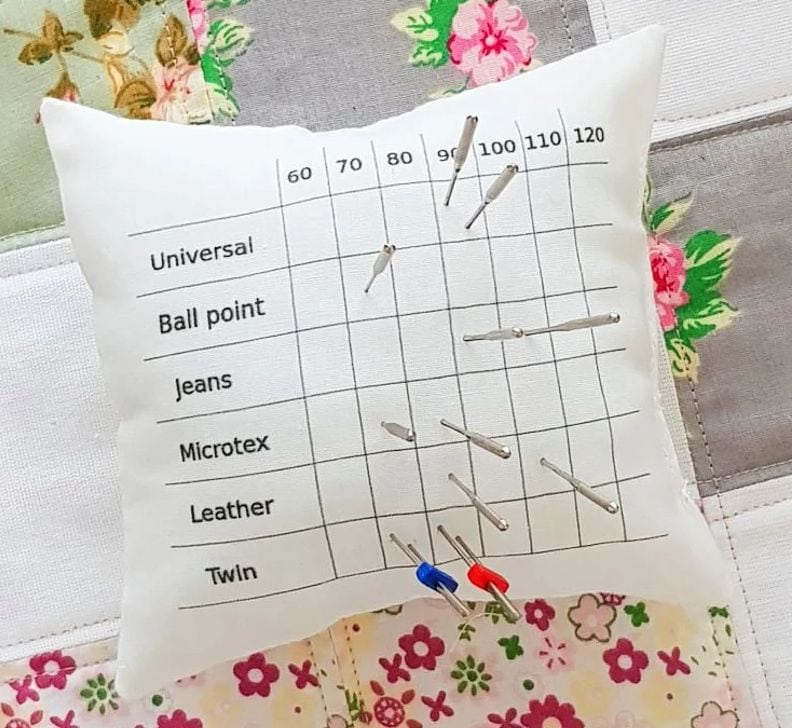
There are also special purpose sewing machine needles
- A Spring needle which is used for machine quilting. It has a wire spring above the point to prevent fabrics from riding up onto the needle when the presser foot is removed and the feed dogs are dropped. Spring needles can be purchased in most of the types and sizes listed above.
- Twin and Triple Needles are generally used in garment sewing. Two or three needles are put on a single crossbar to create perfectly parallel, multiple rows of stitching in one pass using a single bobbin thread. Spacing between the needles varies from 1.6mm to 8mm wide. They are numbered first by the distance in millimeters between the needles and second by the size of the needle.
- Wing or Hemstitch Needles are designed for decorative stitching on tightly woven fabrics. Wide wing blades or fins on each side of the shank create openings in tightly woven fabrics such as linen and batiste fabric to resemble entredeux trim. Wing needles are available as singles or as twins that have a wing needle and a standard needle on a single crossbar.
- Serger Needles vary by machine. Some take specialty needles and some will accept regular machine needles. Check the manual!
Have another tip to offer? Send it to me or reply below and I will add it here.
Don’t forget to sign up for the newsletter! Once a week, I send updates on quilt-related information I have found while wandering the web. This might be an inspiring article, a tip or tutorial I have discovered (or written), and occasionally exclusive offers & discounts as well as immediate access to the secret page of free patterns, guides, and printables. You can follow my page on Facebook, or join the Make Believe Quilters group, too.
